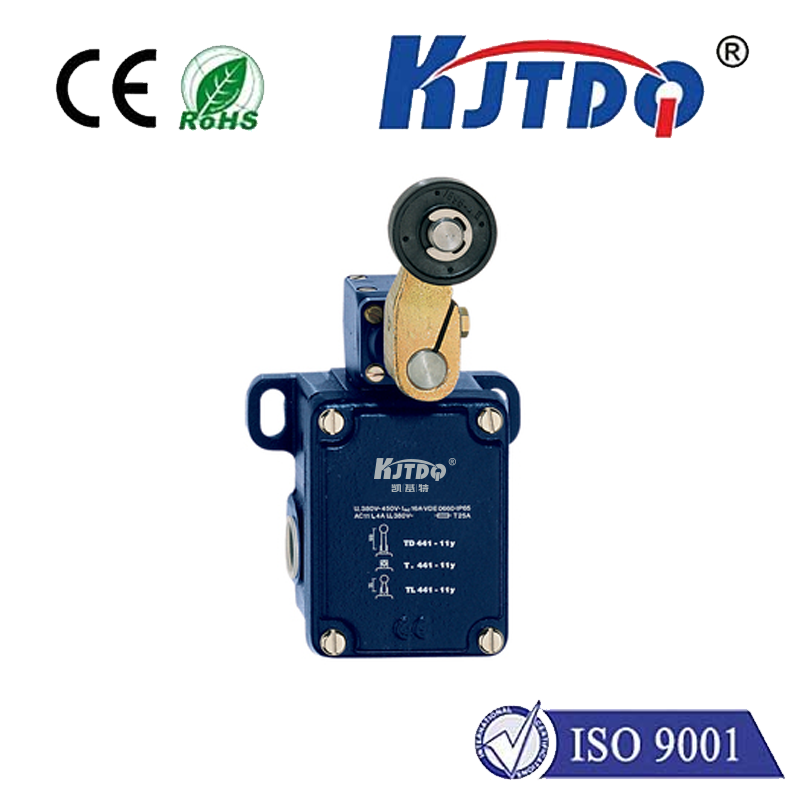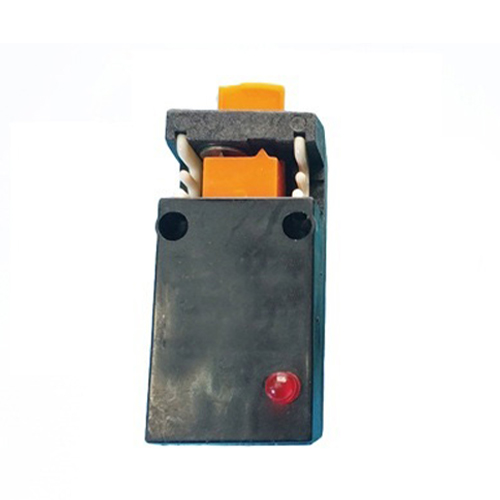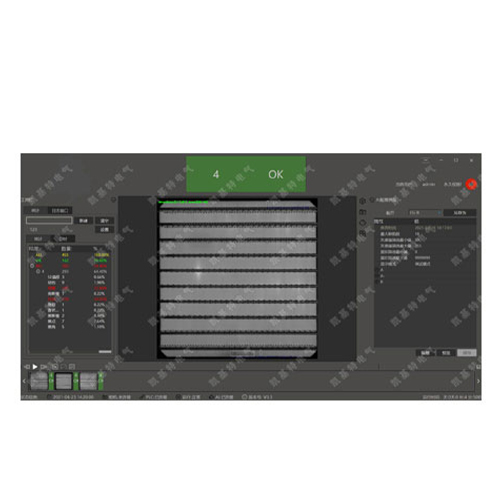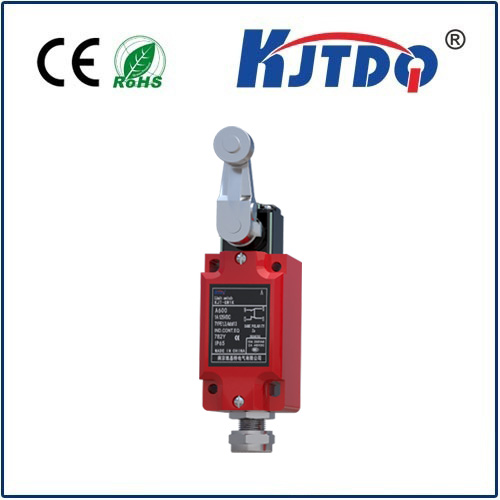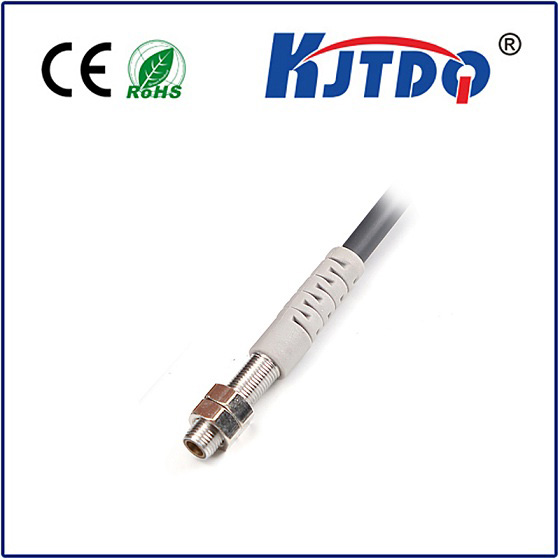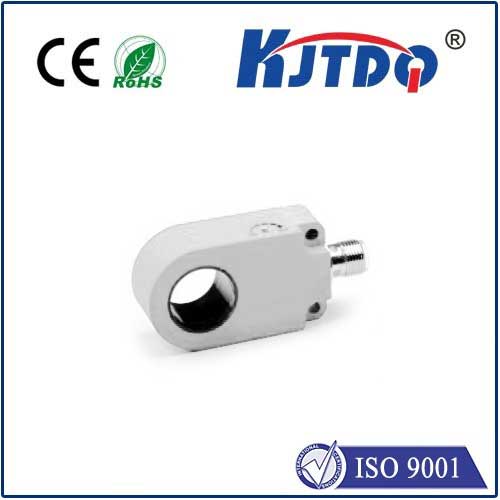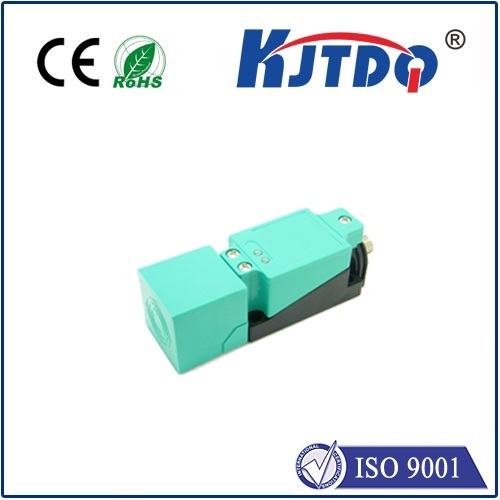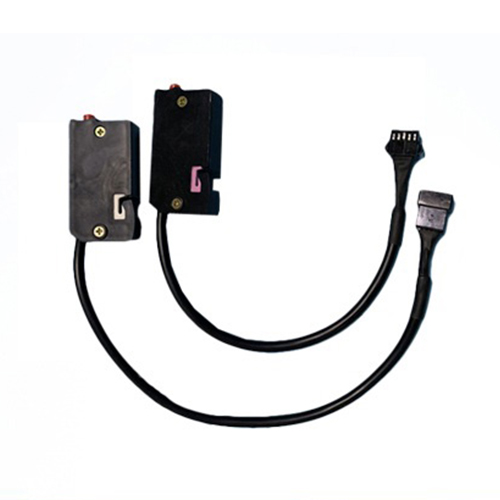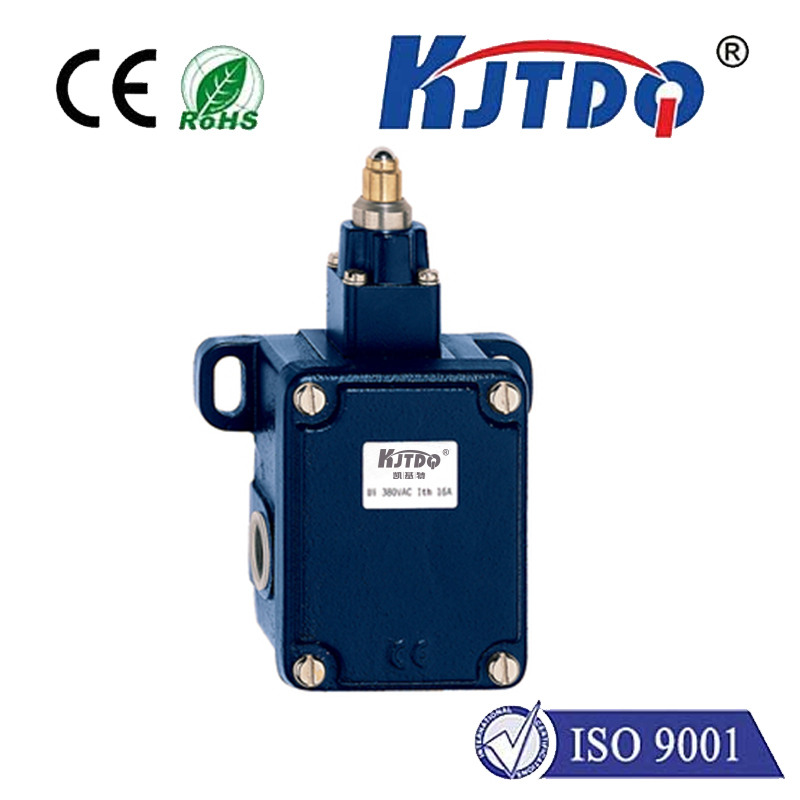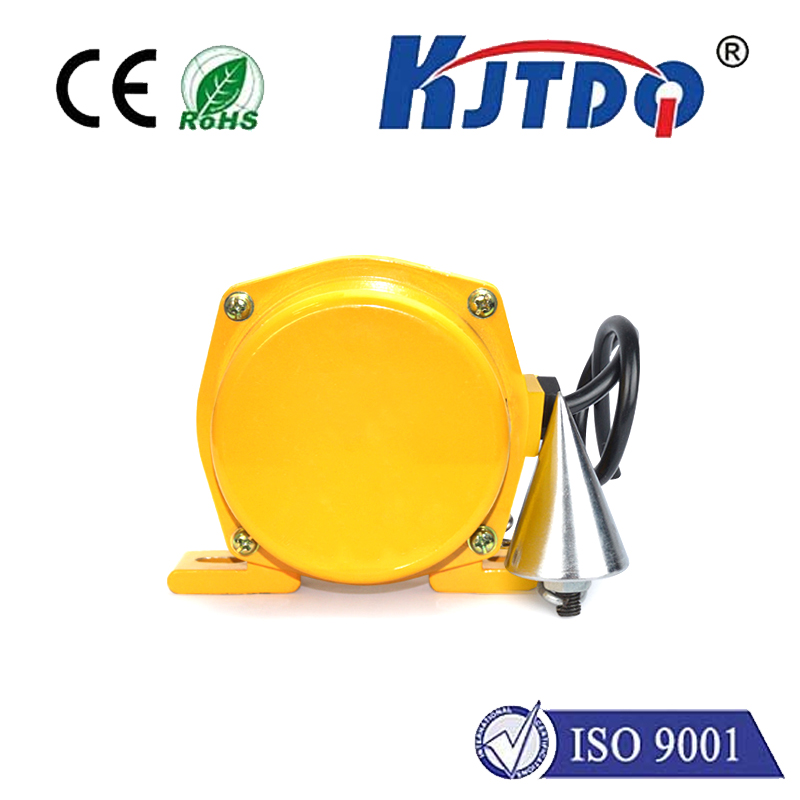dome pressure sensor
- time:2025-08-24 01:43:22
- Click:0
The Unsung Hero of Pressure Measurement: Understanding the Dome Pressure Sensor
In the intricate symphony of industrial processes, countless components work silently behind the scenes, ensuring efficiency, safety, and precision. Among these vital players, dome pressure sensors often operate unnoticed, yet they perform a critical function where standard sensors falter. If you’ve ever wondered how highly corrosive, viscous, or clog-prone media have their pressure reliably monitored, chances are a dome pressure sensor is the ingenious solution at work. Dome pressure sensors excel at protecting sensitive instrumentation while delivering accurate readings in challenging environments.
Demystifying the “Dome”: Core Principle and Construction
The defining feature of a dome pressure sensor lies in its name – a stainless steel dome (or diaphragm) that acts as a robust barrier. This dome is welded or otherwise hermetically sealed to the sensor body, creating a crucial isolated chamber behind it. This chamber is filled with a stable, clean, incompressible fill fluid, typically silicone oil or Halocarbon-based fluids chosen for their minimal thermal expansion and compatibility.
Here’s the magic: The process pressure is applied directly onto the external surface of this dome. Under pressure, the dome deflects inward. Since the fill fluid is incompressible and trapped within the sealed chamber, this deflection transmits the pressure hydraulically through the fluid to the actual sensing element (which could be piezoresistive silicon, thin-film, capacitive, or another technology) located safely behind the barrier. The sensing element itself never comes into direct contact with the process medium.
Where Dome Sensors Shine: Solving Tough Application Challenges

The design brilliance of the dome pressure sensor makes it indispensable in specific, often demanding, scenarios:
- Aggressive and Corrosive Media: When measuring acids, caustics, solvents, or other harsh chemicals, standard sensor diaphragms can rapidly degrade, leading to failure and contamination. The dome acts as a sacrificial barrier, constructed from highly corrosion-resistant alloys like Hastelloy C-276, Monel, or Titanium, effectively shielding the delicate internal sensor.
- Viscous, Slurry, or Clogging Fluids: Materials like paint, ink, pulp, sludge, or food products with particulates can easily clog a standard flush diaphragm port or damage the sensor element. The smooth, non-flush surface of the dome minimizes places for material to accumulate, and the hydraulic transmission ensures particulates cannot reach the sensing element.
- Sterile and Sanitary Requirements: In pharmaceutical, biotechnology, and food & beverage applications, maintaining sterility is paramount. The sealed dome barrier prevents process fluid ingress into the sensor body, eliminating a potential contamination point and simplifying cleaning (CIP/SIP) processes compared to sensors requiring direct fluid contact.
- High-Temperature Processes: While the fill fluid imposes some temperature limitations directly at the dome, the design allows the sensitive electronics to be located further away from extreme heat zones via a capillary or stem, enabling measurement in environments where direct sensor mounting isn’t feasible.
Key Advantages: Why Choose a Dome Pressure Sensor?
Beyond tackling tough media, dome pressure sensors offer distinct benefits:
- Enhanced Sensor Protection: The primary barrier significantly extends the operational lifespan of the pressure transducer in harsh environments.
- Reduced Maintenance: By preventing clogging and corrosion damage to the core sensing element, downtime and maintenance costs are minimized.
- Improved Accuracy & Stability: The stable fill fluid and isolation protect the sensor from process-induced contamination or damage that could cause drift or failure.
- Design Flexibility: The dome assembly can be offered in various connections (flush or threaded hygienic, NPT, etc.) and materials tailored to specific process requirements. Options like flushing ports on the process side can further aid cleaning.
Important Considerations: Not a Universal Solution
While powerful, dome pressure sensors aren’t suitable for every application:
- Fill Fluid Limitations: The operating temperature range is constrained by the fill fluid’s properties. Excessive heat can cause fluid expansion leading to errors (zero shift) or even damage. Very low temperatures can increase fluid viscosity, slowing response time. Careful selection of the fill fluid is critical.
- Potential for Temperature Effects: Changes in ambient temperature can cause slight volume changes in the fill fluid, potentially requiring careful calibration or temperature compensation circuits within the sensor electronics to maintain accuracy across a range.
- Response Time: The hydraulic coupling through the fill fluid inherently makes dome sensors slightly slower to respond than sensors with a direct-exposed diaphragm. This is generally negligible for most process monitoring but critical for very high-speed dynamic pressure measurements.
- Cost: The specialized materials and construction typically make dome pressure sensors more expensive than standard pressure transducers.
Applications Galore: Where You’ll Find Dome Sensors
These versatile sensors are workhorses across numerous industries:
- Chemical Processing: Monitoring reactor pressures, distillation columns, and transfer lines for acids, alkalis, volatile organics.
- Oil & Gas: Measuring pressures in corrosive wellheads, pipelines carrying sour gas or crude with H2S, chemical injection systems.
- Pharmaceutical & Biotech: Critical pressure monitoring in bioreactors, autoclaves, filtration skids, and clean utilities under strict sanitary standards.
- Food & Beverage: Controlling pressures in processing lines for sauces, syrups, dairy products, breweries, and carbonation systems.
- Pulp & Paper: Handling pressures in pulp digesters, bleach plants, and coating applications.
- Power Generation: Monitoring feedwater chemistry and pressures in corrosive environments.
Choosing the Right Dome Sensor: Key Specs
Selecting the optimal dome pressure sensor requires careful attention to:
- Dome/Diaphragm Material: Must be compatible with the process chemistry (e.g., 316L SS, Hastelloy C276, Monel, Titanium, Tantalum).
- Fill Fluid: Suitable for both the temperature range and compatible with the process fluid in case of dome failure (e.g., Silicone Oil, Fluorosilicone, Halocarbon).
- Pressure Range: Standard ranges typically cover from vacuum up to thousands of PSI/bar.
- Temperature Range: Defined by both the body/electronics rating and the fill fluid’s limits.
- Process Connection & Mounting: Sanitary tri-clamp, NPT, flange; remote mounting via capillary possible.
- Output Signal & Electrical Connection: 4-20mA, 0-10V, mV/V; various connector styles or cable exits.
- Accuracy & Long-Term Stability: Critical for process control.
- Compliance: Necessary certifications like ATEX/IECEx for hazardous areas, 3-A for sanitary applications.
The Indispensable Barrier Guardian
Often operating unseen in the harshest corners of industrial plants, the dome pressure sensor is a masterclass in engineering protection. By elegantly leveraging hydraulic principles and robust barrier materials, it solves measurement challenges that would swiftly incapacitate less rugged instruments. Understanding its unique mechanism, advantages, and important limitations empowers engineers and technicians to select the right tool for demanding applications involving corrosive, viscous, or sterile media. When the process gets tough, the reliable dome pressure sensor stands guard, ensuring critical pressure data keeps flowing accurately and reliably, safeguarding both production integrity and personnel safety. From deep-sea oil exploration to life-saving pharmaceutical production, the dome pressure sensor remains an essential, resilient solution in the modern industrial landscape.












